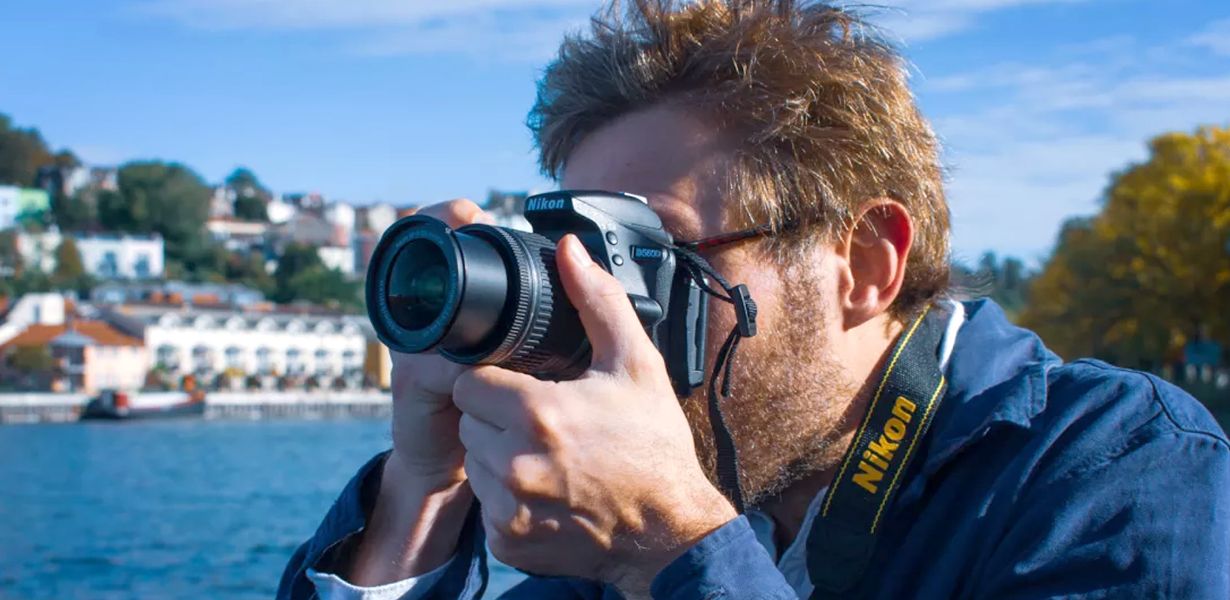
Minimalist Photography: Mastering Stunning Shots with Latest Gear and Editing Software
- Post
- August 7, 2023
- Minimalism, Web Design, Web Design Trends
- 0 Comments
Welcome to the realm of minimalist photography, where simplicity meets artistry, and the power of capturing stunning shots lies in your hands. In this comprehensive guide, we will explore the world of minimalist photography, delving into the art, techniques, and tools required to create mesmerizing visuals that leave a lasting impression.
Embracing Minimalism: The Essence of Artful Simplicity
Minimalism isn’t just a style; it’s a way of seeing the world differently. By removing distractions and focusing on the core elements, minimalist photography captures the essence of a scene with utmost elegance. The key is to let the subject breathe and speak for itself, evoking emotions through subtlety and precision.
Minimalist photography draws inspiration from minimalist art and architecture, emphasizing clean lines, negative space, and an uncluttered composition. This artistic approach allows photographers to convey powerful messages through a minimalist lens.
Understanding Minimalist Photography Techniques
Negative Space: Emptiness with Purpose
Negative space is the pivotal element in minimalist photography. It refers to the unoccupied areas around the subject, allowing it to stand out boldly. Mastering negative space involves finding the right balance between the subject and the emptiness surrounding it, creating a sense of harmony and visual impact.
Symmetry and Patterns: A Harmonious Dance
Symmetry and patterns contribute significantly to minimalist photography. Aligning elements perfectly or capturing repeating patterns can create a sense of harmony and intrigue. Utilizing symmetry and patterns effectively can lead to captivating visuals that draw the viewer’s eye.
Minimal Color Palette: Essence in Monochrome
Limiting your color palette can enhance the minimalist effect. Monochrome or muted tones reduce distractions, allowing the subject’s details and textures to shine through. This technique adds depth to your photographs and emphasizes the emotions conveyed.
The Latest Camera Gear for Minimalist Photography
Mirrorless Cameras: Compact and Versatile
Mirrorless cameras have revolutionized photography with their compact size and advanced features. They are perfect for minimalist photographers seeking lightweight gear without compromising on image quality. Leading brands like Sony, Fujifilm, and Panasonic offer top-notch mirrorless options to fuel your creative journey.
Prime Lenses: Crispness and Creativity
Prime lenses are the go-to choice for minimalist photography due to their exceptional sharpness and ability to create stunning bokeh effects. A 50mm or 35mm prime lens is ideal for capturing simplicity and emphasizing the subject’s details while blurring the background beautifully.
Tripods: Stability for Precision
Stability is paramount in minimalist photography, as even the slightest shake can disrupt the clean lines. Investing in a sturdy tripod ensures precise compositions and allows you to experiment with long exposures, adding an ethereal touch to your shots.
Editing Software: Polishing Your Minimalist Gems
Adobe Lightroom: The King of Post-Processing
Adobe Lightroom remains the gold standard for post-processing minimalist photographs. Its user-friendly interface and powerful editing tools enable photographers to fine-tune exposure, contrast, and colors while maintaining the essence of simplicity.
Nik Collection: Creativity Unleashed
For those seeking artistic effects and subtle nuances in their minimalist shots, the Nik Collection is a treasure trove of creative possibilities. From vintage filters to black and white conversions, this plugin offers a myriad of options to elevate your photography.
The Essence of Minimalism in Website Design
Minimalism isn’t confined to photography alone; it’s a potent design philosophy that has permeated the digital landscape, especially in website design. Minimalism in web design focuses on clarity, ease of navigation, and seamless user experiences. By adopting minimalist principles, websites can leave a lasting impact on visitors.
Final Words
In conclusion, minimalist photography is a powerful art form that transcends the boundaries of simplicity and depth. By understanding the techniques, embracing the latest camera gear, and harnessing the potential of editing software, photographers can unlock a world of creative possibilities. Remember, true mastery lies in capturing the essence of the subject, allowing it to speak through the silence of simplicity.
Commonly Asked Questions
Q: What are the essential camera settings for minimalist photography?
A: When shooting minimalist scenes, use a wide aperture (low f-number) to achieve shallow depth of field and emphasize the subject. Set a fast shutter speed to avoid blur, and keep the ISO low to maintain image quality.
Q: Can smartphones be used for minimalist photography?
A: Yes, smartphones with advanced camera capabilities can produce impressive minimalist shots. Just ensure you have control over focus and exposure settings to maximize your results.
Q: How can I find minimalist photography inspiration?
A: Look for minimalist art, architecture, and nature scenes. Follow minimalist photographers on social media, join online photography communities, and attend exhibitions to discover new perspectives.
Q: What are the best composition techniques for minimalist photography?
A: Besides negative space, explore techniques like the rule of thirds, leading lines, and framing to add depth and visual interest to your minimalist compositions.
Q: Is post-processing necessary for minimalist photography?
A: While minimalism advocates simplicity, some post-processing can enhance the visual impact. Focus on subtle adjustments, ensuring the image stays true to its minimalist essence.



